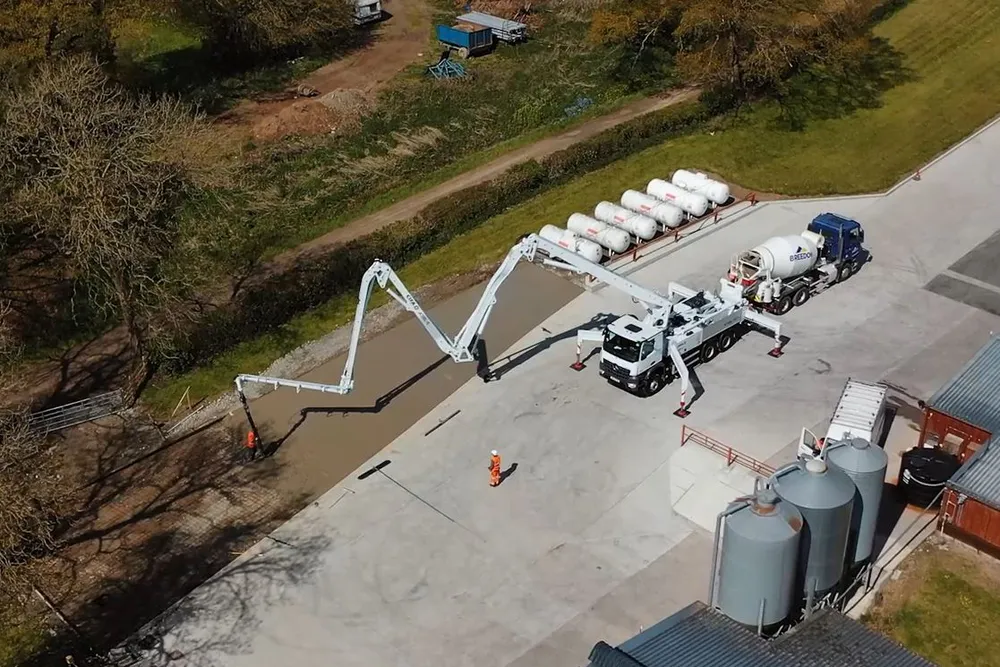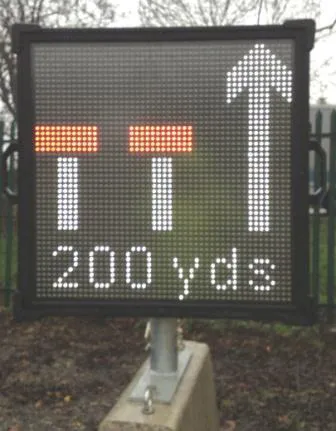
Liebherr walked off with the top prize in the Wheeled Loader/Special Applications Category for its active personal detection system. Through a system of sensors, it distinguishes between people and objects. A warning appears on the machine display and sounds acoustic signals if there is danger in the wheel loader’s rear area.
If a person is located in the rear area of the wheel loader, the system alerts the operator at a greater distance than for stationary objects, such as walls or columns. A more precise warning is given to the operator if there is a risk of personal injury. To boost safety even further, the company says that by the end of the year, it will add a brake assistant service to the detection system.
Liebherr also announced that it will have four wheel loaders on its stand, including the L586 XPower – at 32.6tonnes the largest in the group – and the L 566 XPower, another wheel loader with power-split travel drive. Liebherr installs this drive as standard on its XPower large wheel loaders. It combines hydrostatic drive, perfect for short loading cycles, with mechanical drive, efficient for long distances and during ascents.
In addition, Liebherr is exhibiting the L 514 Stereo, a smaller wheel loader with a combination of articulated steering and steered rear axle. This makes it highly of manoeuvrable for municipal services work, road construction and as a reliable aid for a wide range of applications. For longer distances, Liebherr offers the L 514 Stereo in a “speeder” version that reaches 40kph that allows operators to move their unit efficiently from one site to the next.
The fourth wheel loader will be the medium-size L 546, a popular high-performer and reliable all-rounder, says the company.








